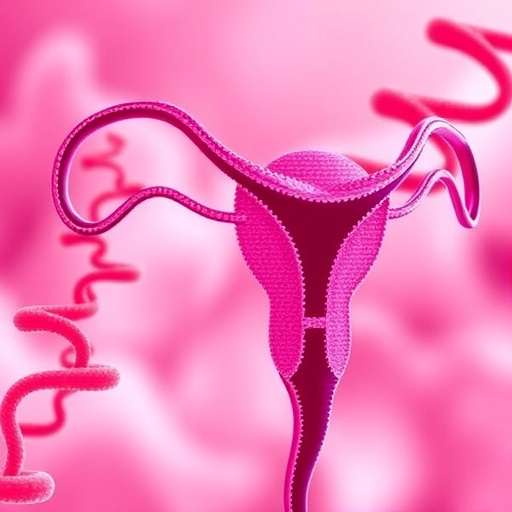Annapolis, MD; Feb. 13, 2017 — Pest ants like the red imported fire ant could be controlled more effectively with insecticide baits that can withstand moisture, say researchers with the United States Department of Agriculture's Agricultural Research Service (USDA-ARS). A comparison study soon to be published in Journal of Economic Entomology shows a water-resistant ant bait offers a significant advantage over currently available baits, which break down when wet.
The red imported fire ant and the little fire ant are just two species of invasive ants that have thrived since their introduction to the U.S. The former has spread through much of the southeastern United States, while the latter has become widespread on the Big Island of Hawaii. In both locales, moisture in the environment means existing baits have limitations.
However, a new ant bait formulation that is water-resistant offers promise. A team led by Robert K. Vander Meer, Ph.D., at the USDA-ARS Center for Medical, Agricultural, and Veterinary Entomology in the Imported Fire Ant and Household Insects Research Unit, conducted an experiment that deployed existing ant baits and water-resistant baits in closely matched wet conditions. Both baits carry an active ingredient that inhibits the ability of an ant colony's queen to produce eggs. At the end of the 13-week test period, half of the red imported fire ant colonies exposed to standard bait were no longer producing worker ants, while none of the colonies exposed to the water-resistant bait were producing workers.
Vander Meer says the experiment was designed carefully to ensure that similar-sized ant colonies were compared and that they were exposed to baits under the same moisture and temperature conditions. "If you're comparing two formulations of the same insecticide, at the same rates, then you have to control variables as much as you can, or else you're not going to be able to show significant differences between the two," he says. "We were very happily surprised."
The water-resistant, or hydrophobic, ant bait, Erasant, is produced in Taiwan, by Chung Hsi Chemical Plant Ltd. The company has a U.S. patent, but the bait is not currently available in the United States.
"Our objective is to ultimately provide better control tools to the public for the control of pest ants and, in particular, the fire ant. Ideally, we would like to see this appear as a product at some time in the future here in the U.S., because I think it could be very useful in terms of providing a very good control method that is not affected by the heavy moisture that we deal with in the southeast," says Vander Meer.
USDA-ARS is conducting further testing of the water-resistant ant bait, in irrigated plant environments in California and Florida as well as tropical areas such as Hawaii.
###
"Enhanced Pest Ant Control With Hydrophobic Bait," by Robert K. Vander Meer and David E, Milne, will be published in the Journal of Economic Entomology on February 20, 2017. Journalists may request advance copies via the contact below.
CONTACT: Joe Rominiecki, [email protected], 301-731-4535 x3009
ABOUT: ESA is the largest organization in the world serving the professional and scientific needs of entomologists and people in related disciplines. Founded in 1889, ESA today has over 6,000 members affiliated with educational institutions, health agencies, private industry, and government. The Society stands ready as a scientific and educational resource for all insect-related topics. For more information, visit http://www.entsoc.org.
Journal of Economic Entomology publishes research on the economic significance of insects and is the highest-cited journal in entomology. It includes sections on apiculture and social insects, insecticides, biological control, household and structural insects, crop protection, forest entomology, and more. For more information, visit https://academic.oup.com/jee, or visit https://academic.oup.com/insect-science to view the full portfolio of ESA journals and publications.
Media Contact
Joe Rominiecki
[email protected]
301-731-4535 x3009
@EntsocAmerica
http://www.entsoc.org
############
Story Source: Materials provided by Scienmag




